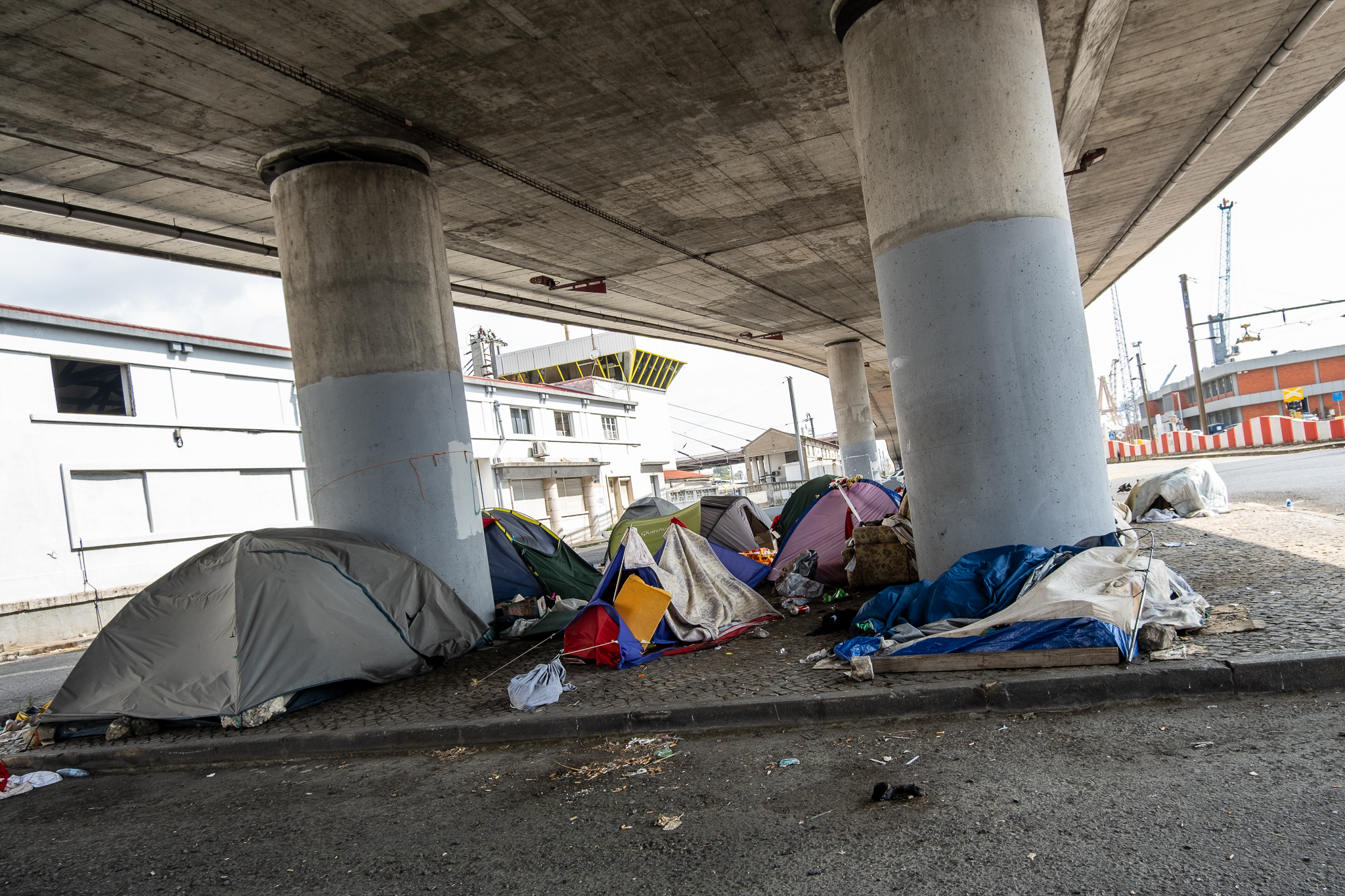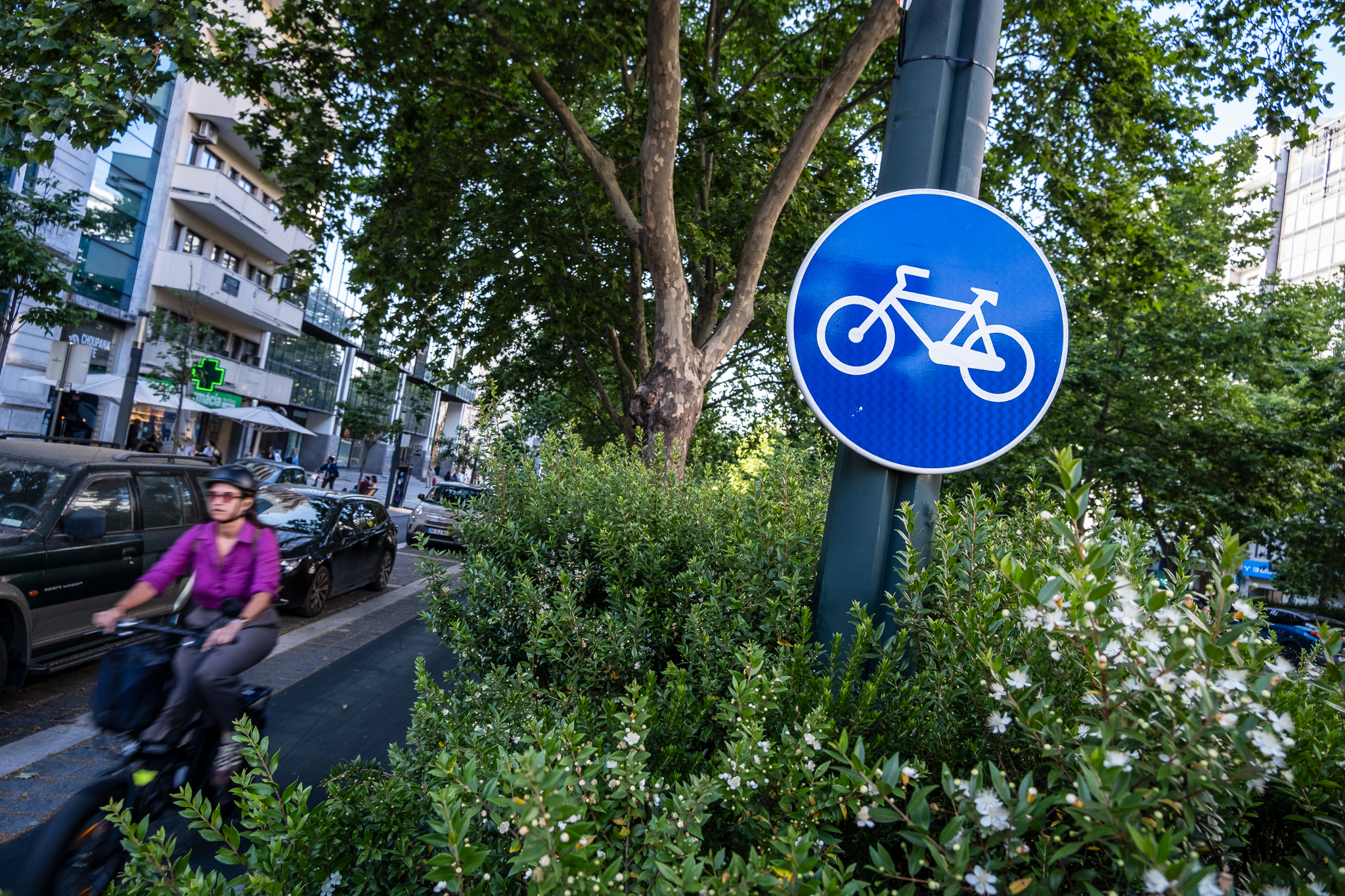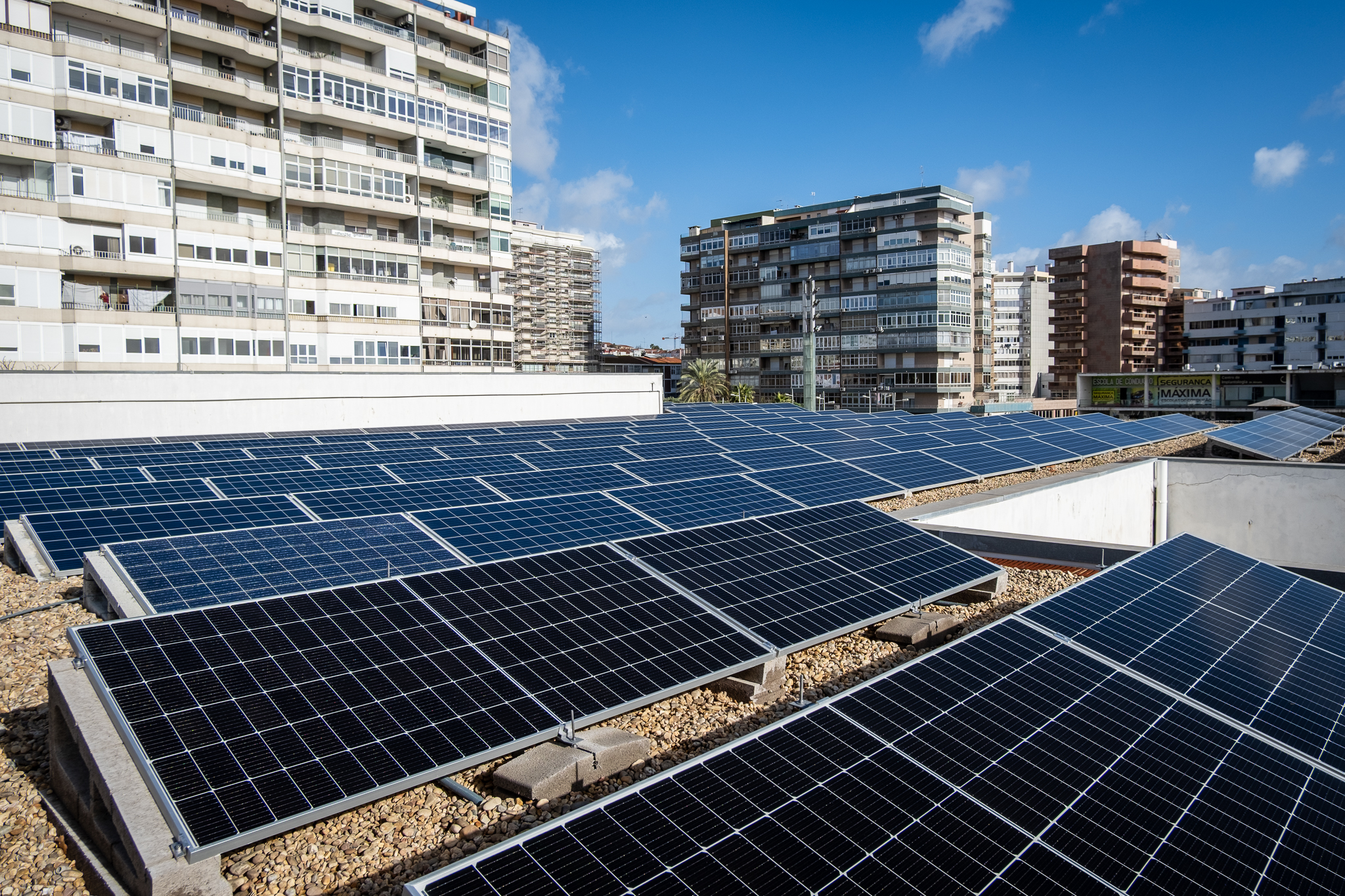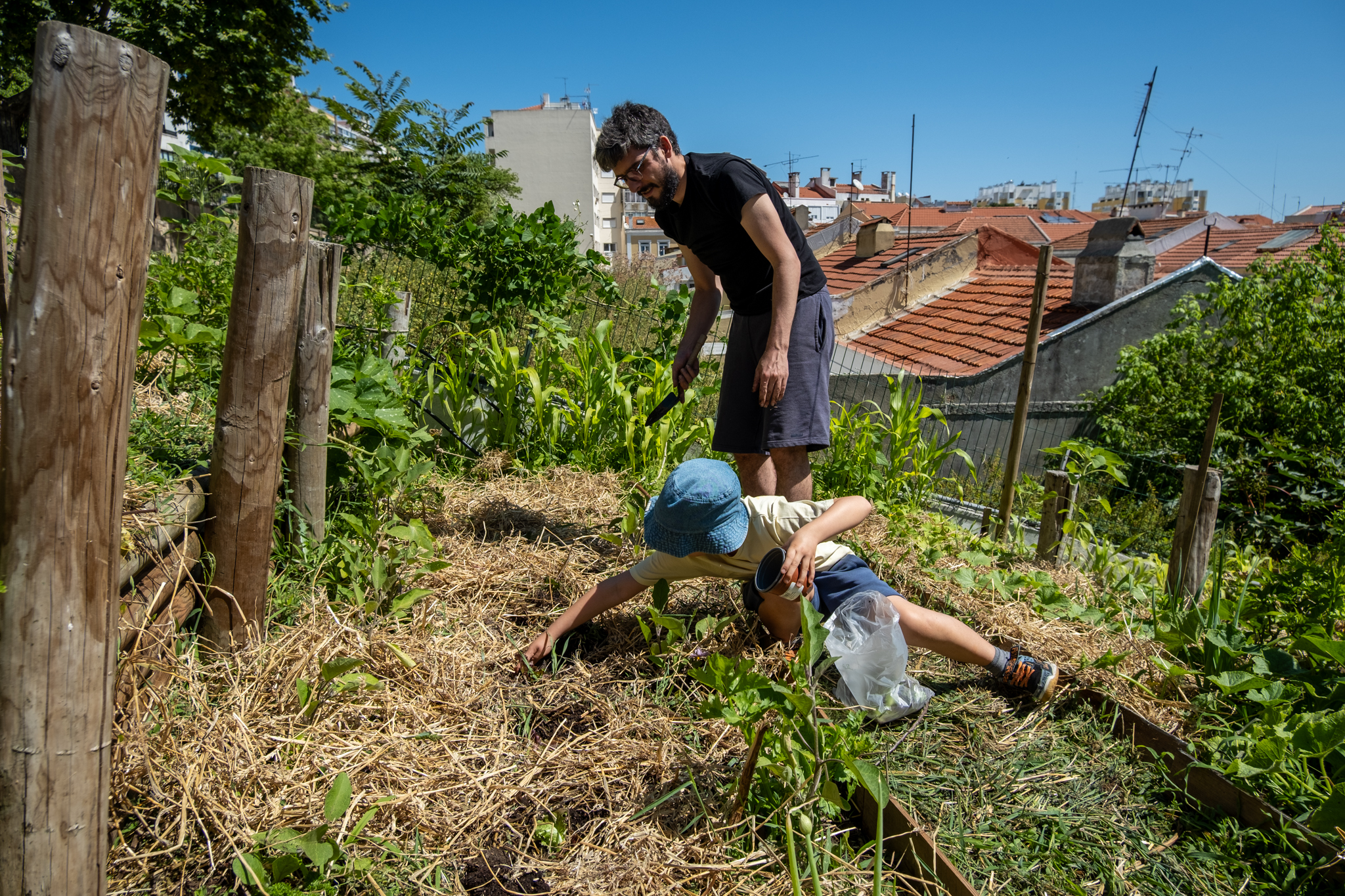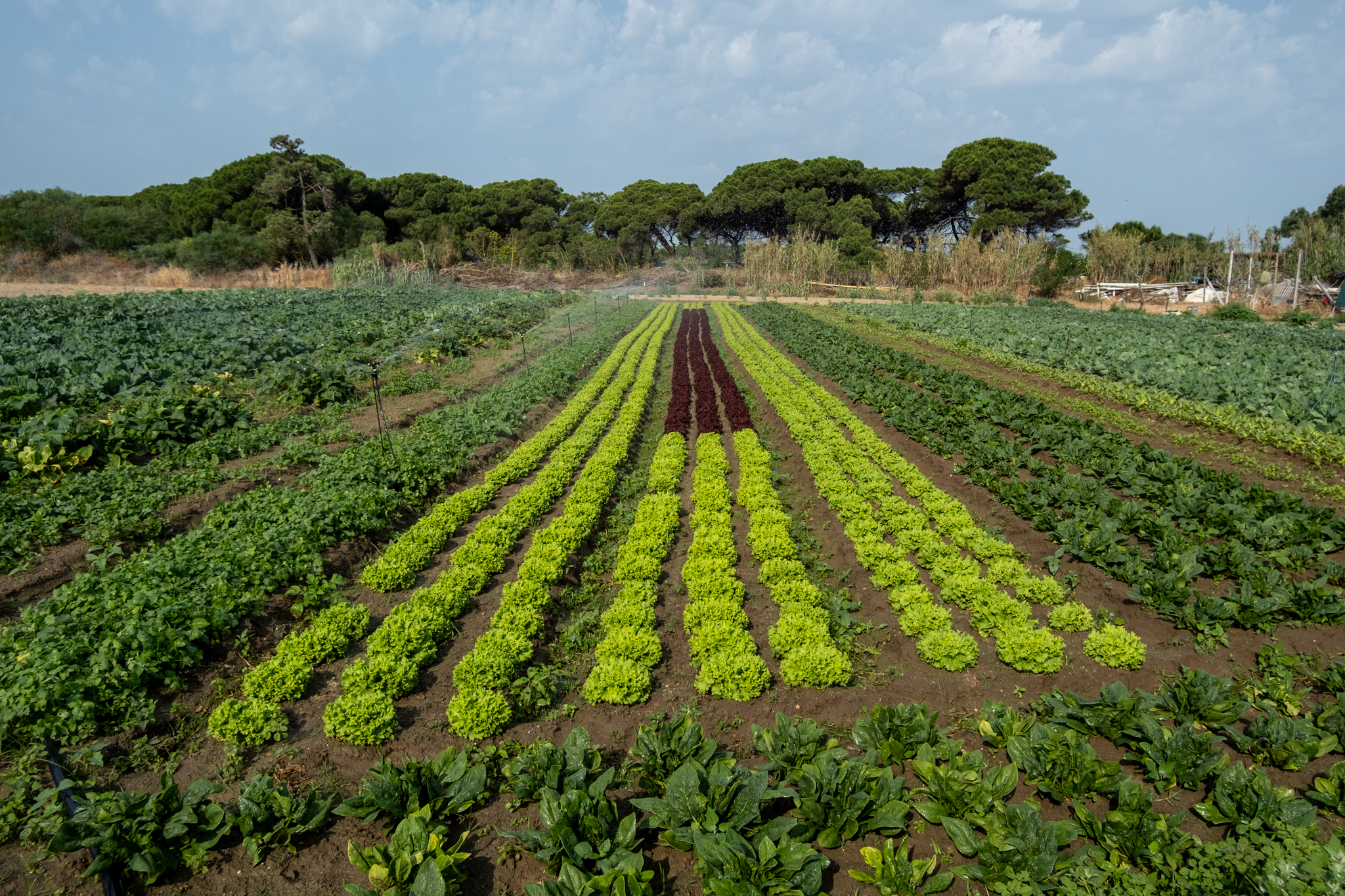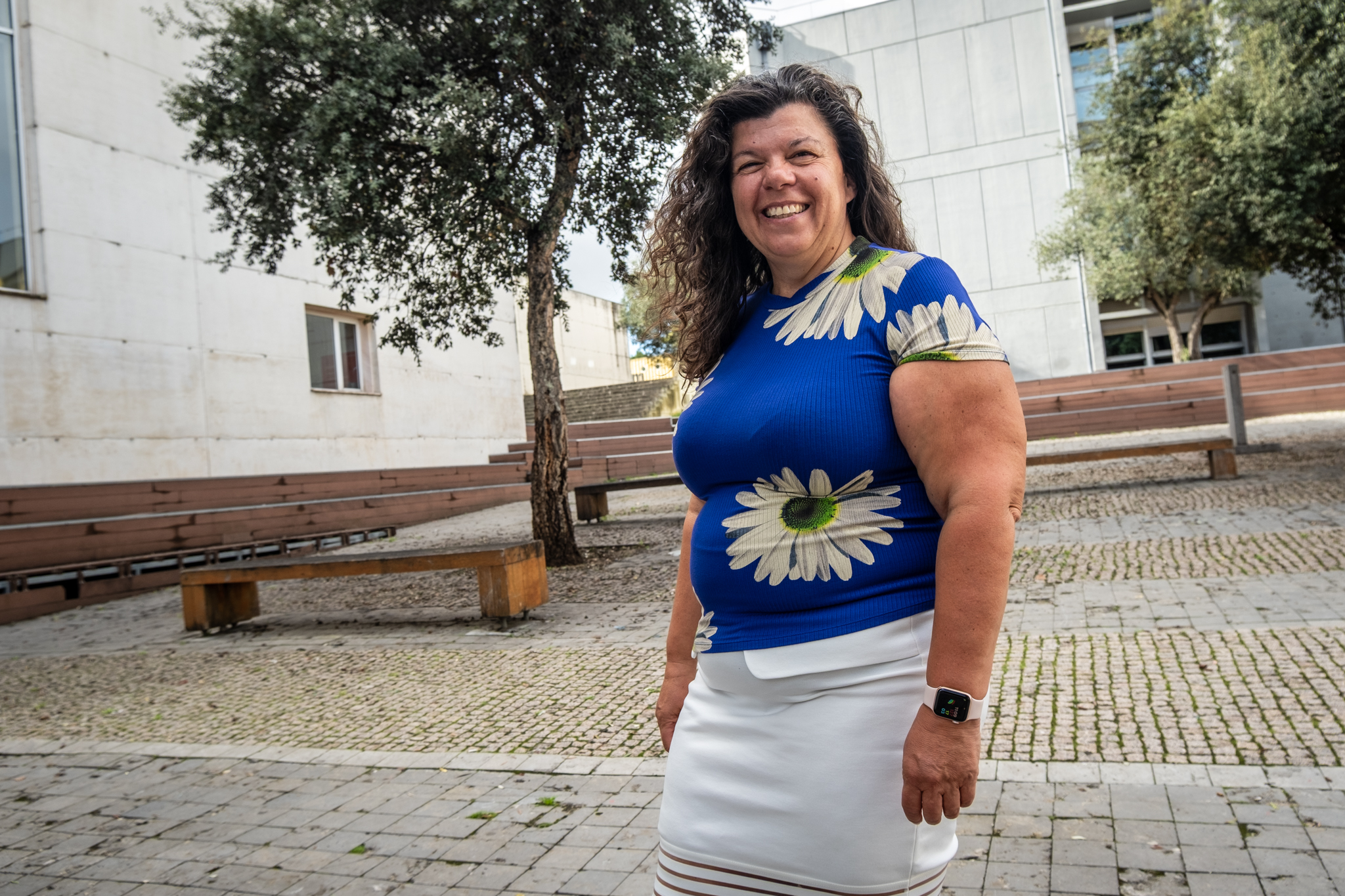Rua da Prata will never be the same again. Once the drainage works are finished, cars will not return to this downtown Lisbon thoroughfare, which will be restricted to pedestrians, bicycles and streetcar 15. Taxis and buses can only circulate on a section near Praça do Comércio.

Completed repairs to the drainage collector, which had collapsed at the end of 2022, a Rua da Prata reopened... but in a different way. From now on, this street, which was once a structuring axis for road traffic in Baixa Pombalina, will be exclusively for pedestrians and bicycles, and also for streetcar 15. Cars are left out.

A reopening of Rua da Prata happened on November 24th, with the return of the 15 to its usual route. Lisbon's riverside streetcar thus returned to running between Algés and Praça da Figueira and gained two new stops on Rua da Prata - one in the middle of the street, for descents only, and another near Praça da Figueira, for both descents and ascents (if you want to go towards Algés, take the streetcar from this stop). With the resumption of the route and the progressive arrival of new vehiclesCarris has abandoned the use of buses in the operation of route 15E, a practice that had become common over the last year.
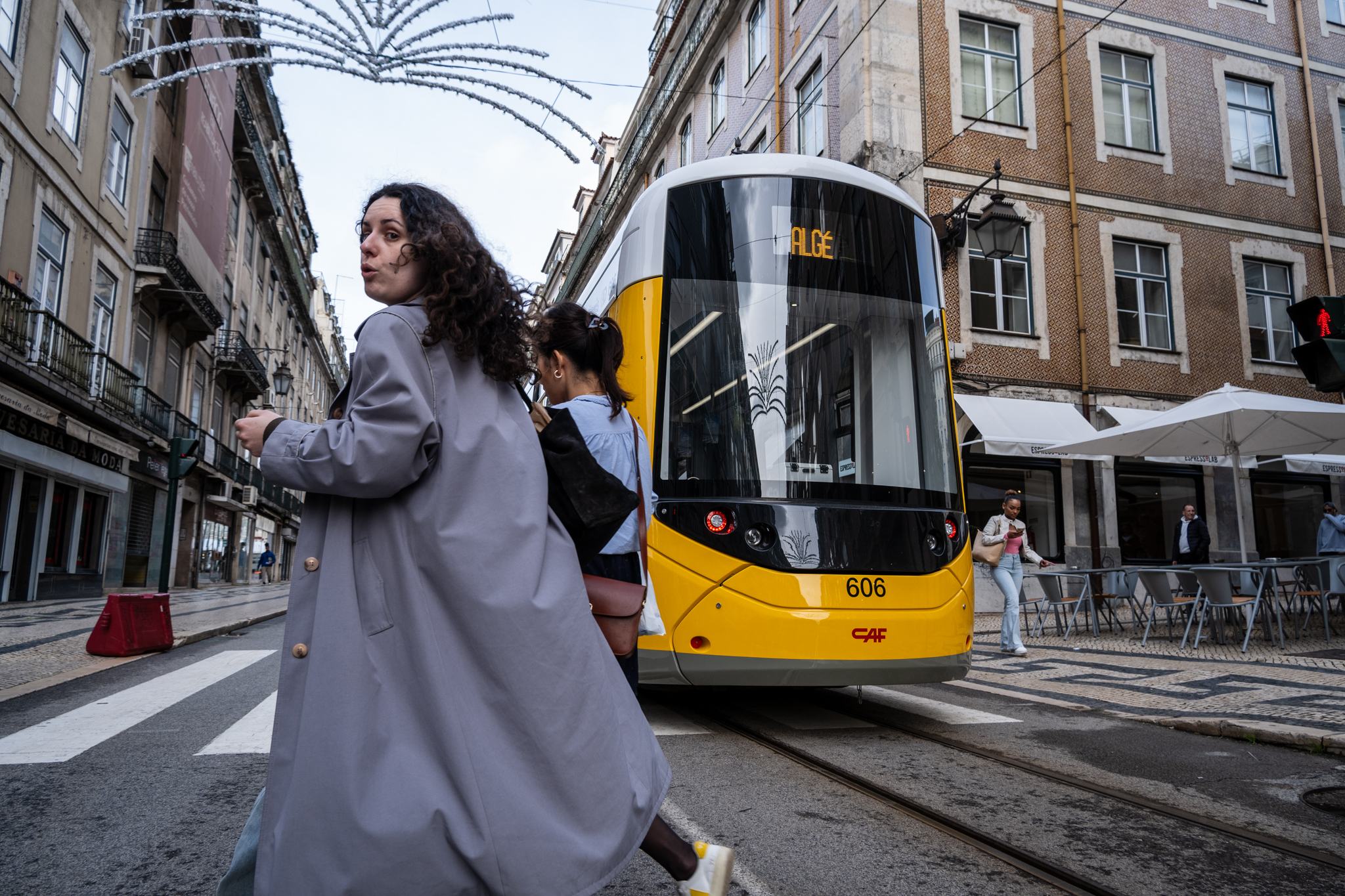

Streetcar 15 now has the whole of Rua da Prata available to it, without cars getting in the way. The exception is the stretch between Praça do Comércio and Rua de São Julião, where the streetcar will share the road with buses and cabs. Other road vehicles, including TVDEs, will not be allowed on that part of the street.
The 15 will circulate, as before, in the right-hand lane of Rua da Prata, leaving the left-hand lane for the implementation of a cycle-pedestrian channel. It will be a cycle path shared with pedestrians, with a view to coexistence; the channel will be three meters wide and bidirectional, linking Praça do Comércio to Praça da Figueira, where the connection to both Restauradores/Avenida da Liberdade and Martim Moniz/Avenida Almirante Reis will be missing.
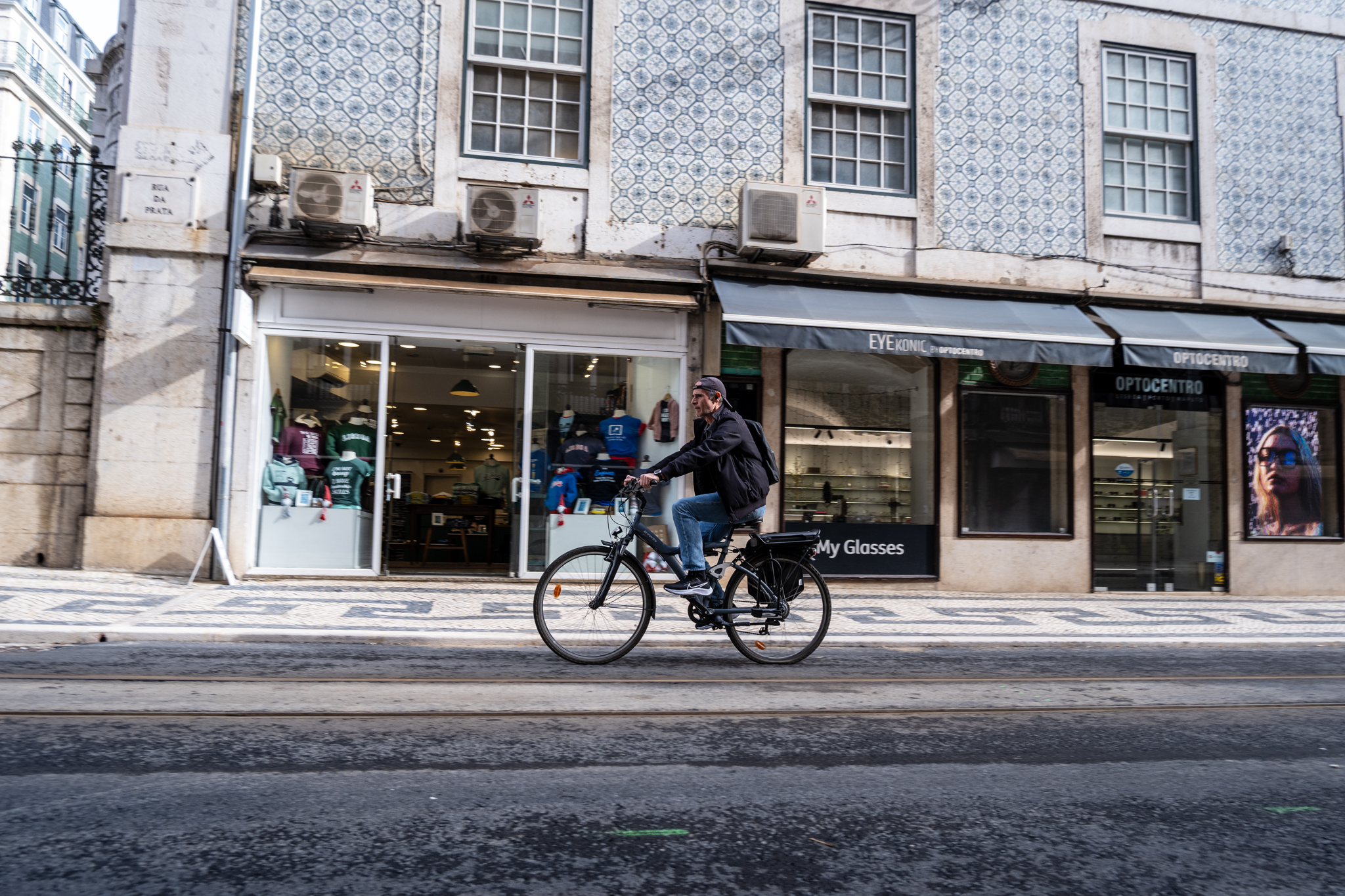

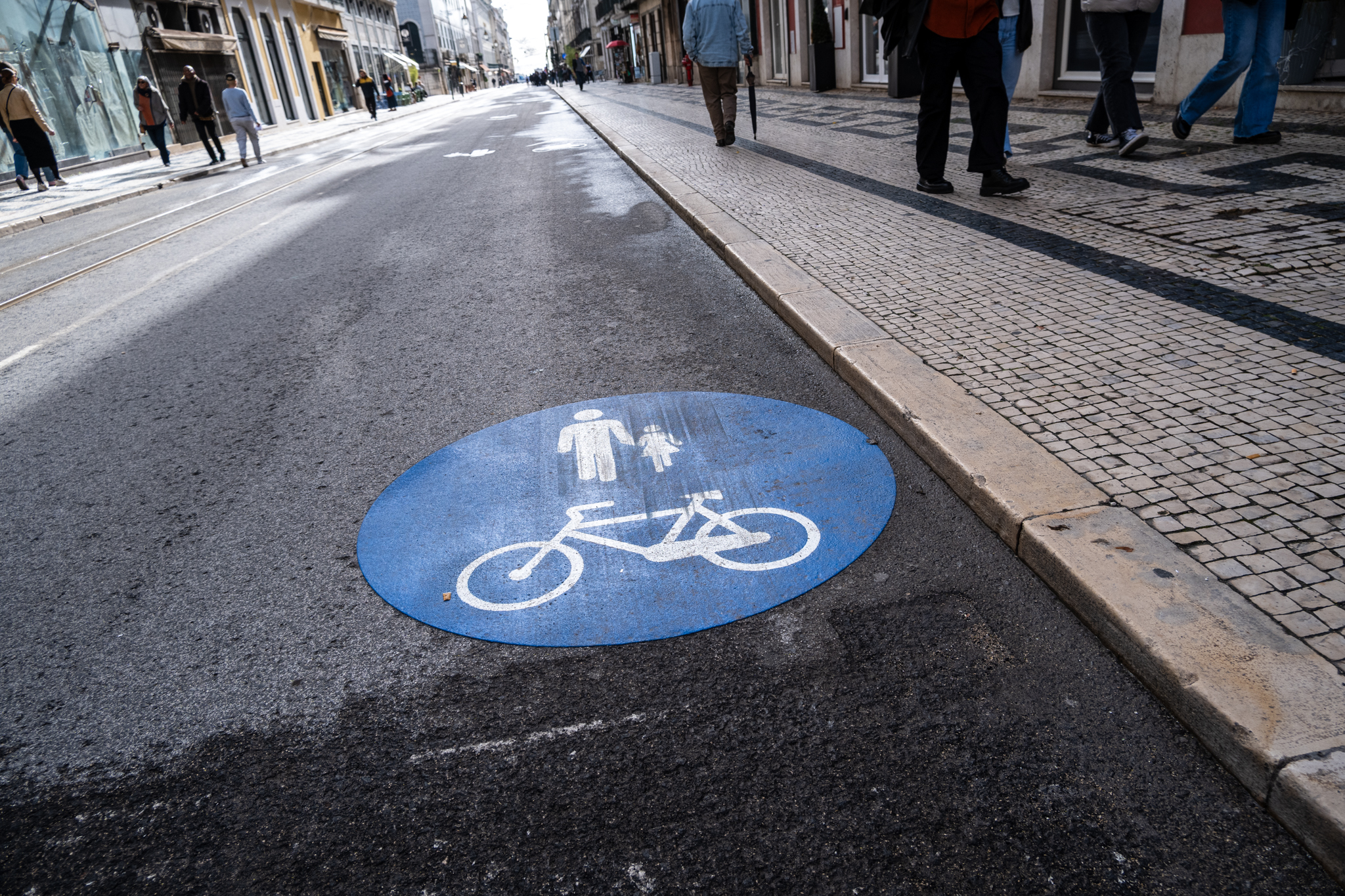
Because it is shared, pedestrians will be able to walk on the cycle path, which can be useful for people with reduced mobility, for whom the sidewalk isn't the most comfortable or even suitable. Next to this cycle path, people will have an exclusive sidewalk about four meters wide for walking; and on the other side, next to the streetcar, a sidewalk of two and a half meters. The shared cycle path is continuous between Praça da Figueira and Rua de São Julião, with two intersections with road traffic between that street and Praça do Comércio, where there are traffic lights and STOP signs to safeguard the traffic.

The cycle path will be implemented until December 7th.
Note that this intervention on Rua da Prata is temporary, it's an intervention pop-up. In the future, this street could be given a more definitive design, for example, with a more pedestrian and coexistence character, with a floor all at the same level. Contacted by LPP, Lisbon City Hall did not clarify whether the existing traffic lights along Rua da Prata, on the stretch without intersections, will be removed, nor how loading and unloading will work. We'll update this article as soon as we have an answer.
Parish council with doubts
The restriction of Rua da Prata to car traffic was not entirely welcomed by the Santa Maria Maior Parish Council, which, in a statement posted on its social networks, considers that "this measure should only be taken as part of a wider reduction in car traffic, through the implementation of a ZER and after broad public debate". The Junta, led by socialist Miguel Coelho, he adds which "cannot accept that consensus solutions have not been found to drastically reduce traffic on Rua da Madalena, which currently exceeds 6,000 vehicles per day, with a significant load of heavy vehicles, which jeopardizes the safety of the environment, citizens and the infrastructure of this road itself".
"The Parish Council reiterates its willingness to work together with the municipality to find and implement the best solutions for the quality of life of those who have chosen and still resist living in the historic city center"The city council, which has been advocating tighter restrictions on car traffic in the historic center, not only on the Avenida da Liberdade-Baixa axis, has concluded.

At the beginning of 2020, the Lisbon City Council, then led by Fernando Medina, had announced the implementation of an ambitious ZER between Avenida da Liberdade, Baixa and Chiado (ZER ABC) - a proposal that was postponed until the following year. Medina lost the elections, Moedas won, and the ZER ABC was postponed. The current Municipal Executive believes that a ZER in the city's downtown and historic center should only be implemented once Lisbon's Sustainable Urban Mobility Plan (SUMP) has been completed.
Nevertheless, the Coin Executive intends to soon resolve the current ZER in the city center, hiring license plate readers to control who can and cannot enter according to the age of the vehicles and the restrictions in force. It should be remembered that Lisbon's ZER has two rings, and in the main ring - which corresponds to the Avenida da Liberdade-Baixa axis - cars from before the year 2000 (Euro 3 standard) cannot circulate.However, without effective monitoring, these restrictions are not necessarily complied with.
"ZERs have existed for a long time, but only on paper. The problem lies upstream, in data protection legislation. What's more, it's well known that we don't have enough manpower to control the cars coming in. That's why the video surveillance system is going to be very important. We've been in talks with Data Protection and we hope to have the process closed soon. We're going to have fewer cars in the city center and fewer polluting ones", explained the Municipal Mobility Director, Ana Raimundo, in a debate recently organized by the Público newspaper and the ZERO association.
She said that the city council is in the final stages of talks with the National Data Protection Commission to install this license plate control system, and hopes to have it ready by the end of the first quarter of 2025. At the same time, the current ZER limits will have to be updated, not least because there are already European standards that are more up-to-date than the Euro 3 standard, which is currently implemented in the Portuguese capital. There is already the Euro 4 standard, which refers to vehicles up to 2005, Euro 5, which restricts up to 2009, and Euro 6, up to 2014.


